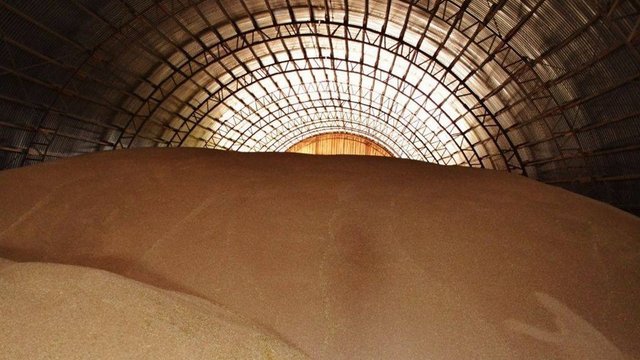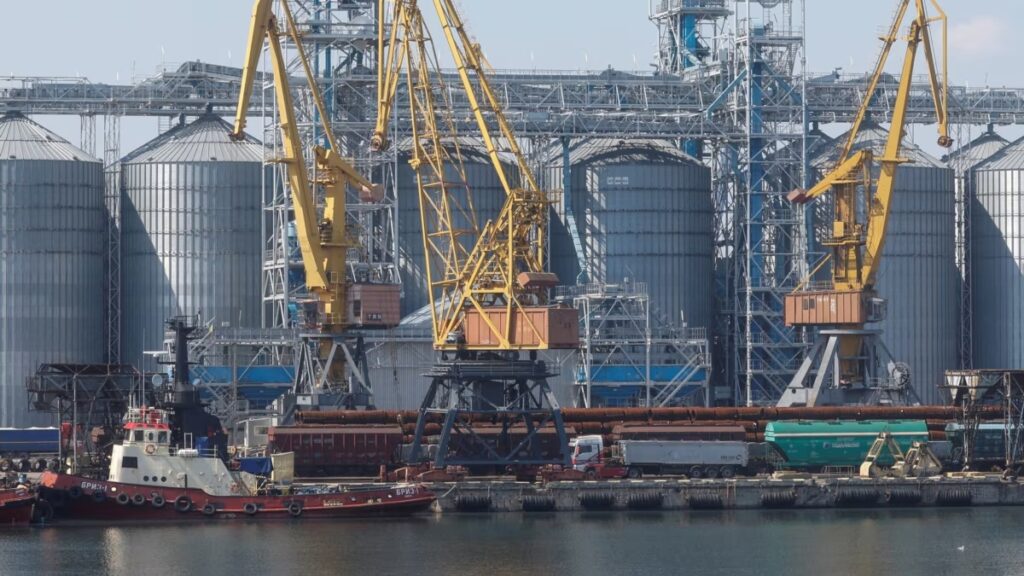“Solidarity corridors” helped to survive during the port blockade, – MIU

The Ministry of Reconstruction noted that it is currently impossible to compare the total capacity of the ports before the war with the one we have now.
On Thursday, June 20, the Agreement on the liberalization of cargo transportation between Ukraine and the EU was signed in Brussels, Ukrinform writes.
Deputy Minister of Infrastructure of Ukraine Serhiy Derkach said after signing the agreement that the EU’s “corridors of solidarity” helped Ukraine survive at the beginning of the war, when the Russian invaders blocked Ukraine’s ports.
“We must understand that the war in Ukraine continues, that we have occupation zones and captured ports. The total capacity of all ports, which was before the war, cannot be compared with the one we have now. It is good that the “maritime corridor” started working. This reduced the pressure on railways and roads. But we still haven’t reached the indicators we had before the full-scale invasion,” the government official emphasized.
Read also: In May, Ukraine exported about 6 million tons of agricultural products by sea.
According to him, now the European Union continues to help Ukraine in the development of transport infrastructure, taking into account the long-term perspective and the inclusion of Ukraine in the development map of the Trans-European Transport Network (TEN-T).
“The fact that Ukrainian transport routes are included in the TEN-T map is very important for us. We see that the EU is already thinking about interconnecting Ukraine with all European transport networks. As for the “solidarity corridors”, we can see that everything that was started after the full-scale invasion was very effective, and remains effective now,” said Serhiy Derkach.
As an example, he cited the Danube ports, which continue to work actively – six times more intensively than before the war. A similar situation applies to most road border crossing points.
The government official emphasized that the ministry is currently developing a strategy for the development of land border crossing points, especially to ensure greater capacity of “solidarity corridors”.
“As of today, we have 40 automobile border crossing points, we want to increase their number and capacity. In the end, our goal is to have free movement of goods to and from Ukraine using all transport solutions – by sea, inland waterways, railways, road transport. Ukraine is making progress with this every day. Thanks to the European Commission, we have the opportunity to finance projects and carry out strategic planning. The most important thing is that these are joint plans, and we have an absolutely common understanding with the EU of the priorities for the development of transport routes,” the deputy minister summarized.
Previously, USM reported that the economic effect of “solidarity corridors” reached 125 billion euros.





